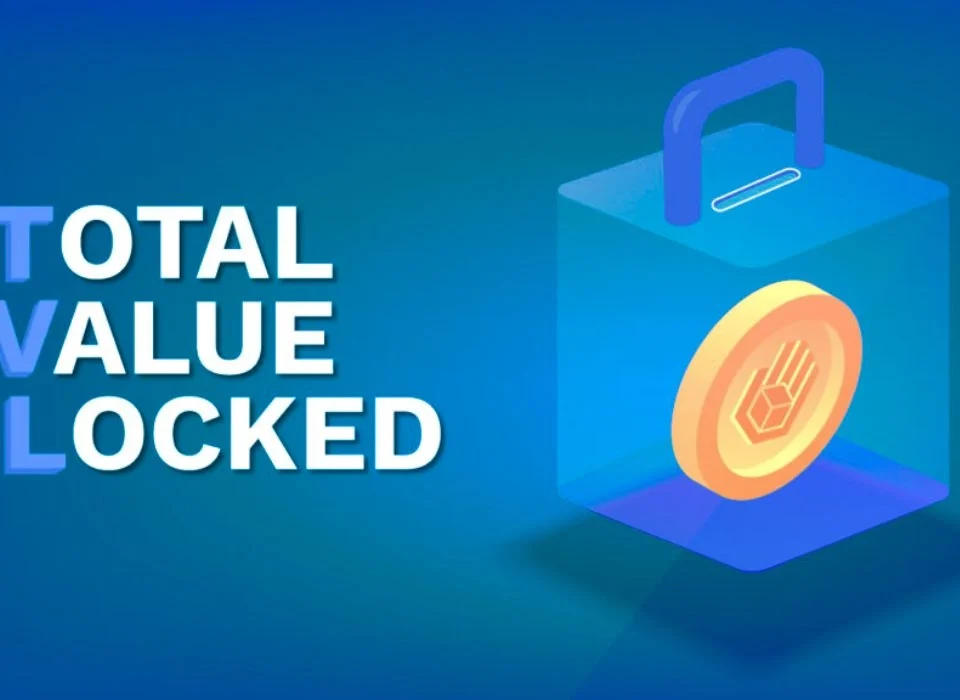
AMF Issues Warning to Bybit Crypto Exchange
17/05/2024
The Importance of Market Sentiment in Crypto Trading
17/05/2024How to Analyze a Cryptocurrency Whitepaper
Cryptocurrency whitepapers are essential documents that provide detailed information about a new digital currency project. These papers outline the project’s vision, technology, and goals, helping potential investors, developers, and users understand its potential and viability. Analyzing a whitepaper is crucial for anyone considering investing in a cryptocurrency, as it can reveal the project’s strengths and weaknesses. In this article, we will explore how to effectively analyze a cryptocurrency whitepaper.
Understanding the Purpose of a Whitepaper
A whitepaper serves several key purposes:
- Introduction to the Project: It explains the project’s purpose, goals, and the problem it aims to solve.
- Technical Details: It provides an in-depth look at the technology behind the project, including the blockchain infrastructure, consensus mechanism, and any unique features.
- Tokenomics: It outlines the economic model, including how tokens are distributed, their use cases, and incentives for stakeholders.
- Roadmap: It presents the development timeline, milestones, and future plans for the project.
- Team Information: It introduces the team behind the project, highlighting their expertise and experience.
Key Sections to Focus On
When analyzing a whitepaper, pay close attention to the following sections:
- Executive Summary: This section provides a high-level overview of the project. It should be clear and concise, offering a snapshot of what the project is about and why it matters. Look for a compelling problem statement and a logical solution.
- Technology and Architecture: Dive into the technical details. Understand the underlying technology, including the blockchain protocol, consensus mechanism (e.g., Proof of Work, Proof of Stake), and any innovative features. Assess whether the technology is feasible and if it offers any significant advantages over existing solutions.
- Tokenomics: Evaluate the economic model of the project. This includes token distribution, total supply, and the utility of the token. Ensure that the tokenomics are well thought out and sustainable. Look for mechanisms that incentivize long-term holding and participation.
- Use Cases: Identify the practical applications of the cryptocurrency. A strong project will have clear, real-world use cases that address genuine needs. Assess whether these use cases are realistic and if there is a market demand for them.
- Roadmap and Milestones: Review the project’s roadmap. It should have a clear timeline with achievable milestones. Be wary of overly ambitious timelines that seem unrealistic. A good roadmap will also provide insight into the project’s development progress and future plans.
- Team and Advisors: The success of a cryptocurrency project often hinges on the competence of its team. Research the team members and advisors. Look for individuals with relevant experience and a track record of success in the industry. Transparency about the team is a positive sign.
- Partnerships and Collaborations: Strong partnerships can be a good indicator of a project’s credibility and potential for success. Check for any announced partnerships and assess their significance.
- Legal and Regulatory Considerations: Ensure that the project complies with legal and regulatory requirements. This includes information on the legal entity behind the project, any relevant licenses, and compliance with international regulations.

Red Flags to Watch Out For
While analyzing a whitepaper, be on the lookout for red flags that may indicate potential issues:
- Vague or Incomplete Information: A whitepaper should be thorough and detailed. Vague descriptions and lack of technical detail can be a red flag.
- Unrealistic Promises: Be skeptical of projects that make grandiose claims without substantial evidence or a clear plan to achieve them.
- Anonymous Team: Lack of information about the team can be a major red flag. Transparency is crucial in assessing the credibility of the project.
- Plagiarism: Ensure that the whitepaper is original and not copied from other projects. Plagiarism can indicate a lack of integrity and creativity.
- Lack of Transparency in Token Distribution: The whitepaper should clearly explain how tokens will be distributed and used. Hidden or unclear distribution plans can be a sign of potential scams.
Conclusion
Analyzing a cryptocurrency whitepaper requires careful attention to detail and a critical mindset. By focusing on the executive summary, technology, tokenomics, use cases, roadmap, team, partnerships, and legal considerations, you can gain a comprehensive understanding of a project’s potential. Always watch for red flags and approach each whitepaper with a healthy dose of skepticism. A thorough analysis can help you make informed decisions and avoid potential pitfalls in the dynamic world of cryptocurrency.
Links:



